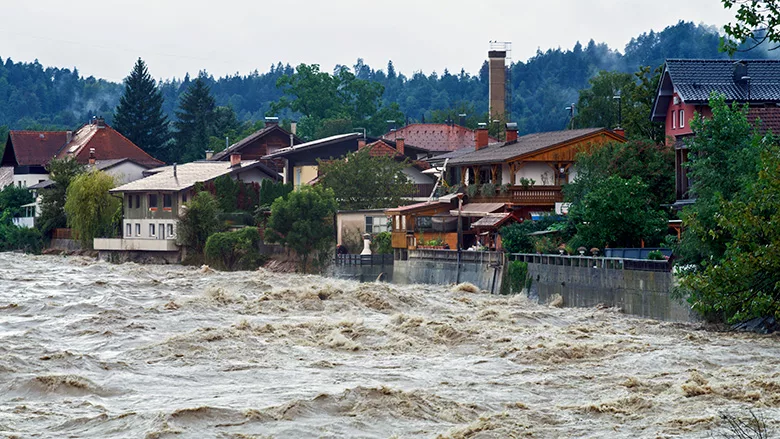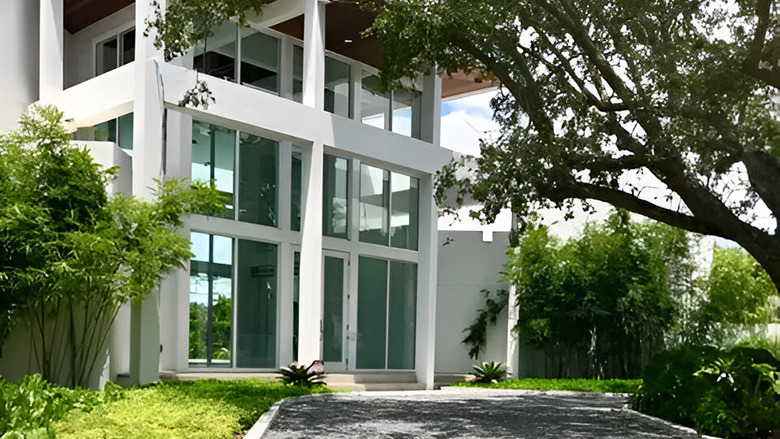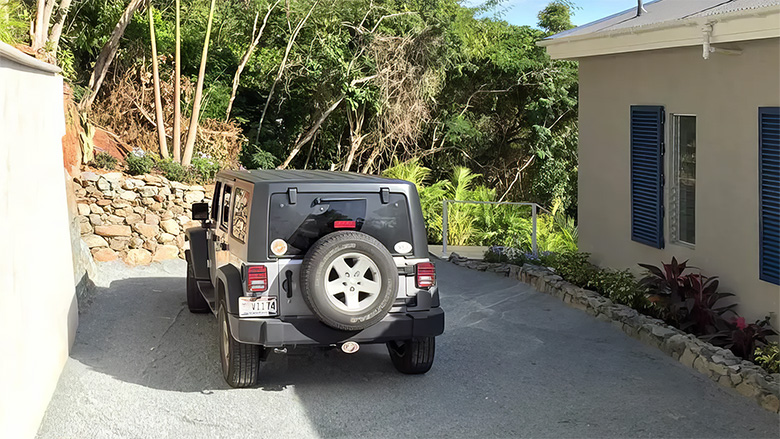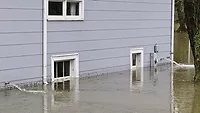How Advanced Stormwater Solutions Help Clients Mitigate Water Damage
Innovative stormwater solutions help mitigate flooding risks while meeting the evolving regulations

Credit: simonkr / E+ via Getty Images
According to the U.S. Department of Homeland Security, 90% of natural disasters in the United States involve flooding, causing more economic damage to life and property than any other calamity. In urban areas, stormwater runoff, resulting from excess rains and snowmelts that cannot penetrate the ground due to impermeable surfaces made of concrete and asphalt, is a major contributor to flooding.
To mitigate the risk of experiencing life and property damage, homeowners may turn to their restoration contractor for long-term solutions. As such, a growing number of local governments now require new homes and remodels to integrate low-impact drainage solutions when pavement over a certain size is installed or replaced.
For restoration professionals, this brings opportunities to offer simple and easy-to-install stormwater management options that not only protect properties but also help clients achieve compliance with evolving stormwater regulations. One effective solution that many professionals are putting to the test is plastic porous pavers in applications like lawns, driveways and parking lots.

Photo courtesy of Invisible Structures
Consider plastic porous pavers
Plastic porous pavers are flexible permeable paving systems with a grid-like structure. Their unique configuration enables void spaces up to 92%, which can be filled with grass or gravel to support water management initiatives in residential and light commercial properties. Alternative permeable pavement options like concrete blocks and porous asphalt and concrete typically have lower void spaces and a drainage rate of about 6.4 inches per square foot per hour. In contrast, plastic porous paving solutions can offer drainage rates up to 38.5 inches per square foot per hour, which is over six times that of other options. This difference can be critical, especially in areas prone to extreme rains and storms.

Photo courtesy of Invisible Structures
Pair with underground water storage to bolster stormwater management
Restoration teams can further help their clients enhance drainage on their properties by integrating underground water retention or detention systems. Take, for example, a project in Culver City, California, where the project team replaced a traditional concrete driveway with gravel-filled plastic porous pavers and a modular underground water containment system. This upgrade increased the property’s water storage capacity to over 13,000 gallons, exceeding the region’s minimum water management requirements by 500%. This also helped mitigate the home’s vulnerability to water clogging during heavy rain events while reducing dependence on municipal water and significantly lowered utility costs.

Photo courtesy of Invisible Structures
Integrate the simple yet effective system in versatile applications
In addition to providing superior water management capabilities, porous pavers are extremely versatile. Manufacturers offer plastic pavers engineered with compressive strengths up to five times that of concrete, which enables them to withstand the weight and pressure of heavy vehicles. Consequently, restoration professionals can confidently recommend the stormwater solution to their clients for use in low-speed traffic areas like access roads, driveways and parking lots without any concerns about rutting or uplifting.
For clients who value green space, plastic porous pavers can be filled with root-friendly sand mixes to support lush grass or native plants. In application, permeable concrete blocks often limit landscape design or visually stand out. Conversely, plastic porous pavers’ large void spaces make them blend seamlessly into green landscapes by nearly disappearing from plain sight. This makes them an excellent choice for gardens and backyards.

Photo courtesy of Invisible Structures
Easy maintenance for built to last, plastic porous pavers
In any application, plastic porous pavers are unaffected by weather or extreme weather conditions. Incredibly durable, the pavers will not crack like porous asphalt or concrete when installed correctly. They are resilient to temperature fluctuations, heavy rainfall and freeze-thaw cycles. Plus, the grid-like configuration prevents clogging. Unlike permeable concrete blocks that require regular sweeping and power washing to unclog gaps between the units that allow water to permeate, clients only need to occasionally push the gravel-infills into porous pavers using a broom in high-traffic areas, once every six months or so.

Photo courtesy of Invisible Structures
Save time and money with easy-to-install stormwater solutions
Beyond offering high performance qualities and enhanced durability, plastic porous pavers’ easy installation is a major advantage for restoration contractors and their teams. Plastic porous pavers are available as rigid blocks and flexible rolls. Compared to concrete pavers and porous asphalt and concrete that require skilled labor and extreme precision, flexible rolls options can be conveniently spread out in shorter time and with less labor.
To further streamline installation, the underground water containment system underneath the pavers can be made with modular and stackable options. Some of these systems arrive preassembled for an easy, drop-in installation process, eliminating the need for time-consuming on-site assembly. By cutting the installation time and delivering a high-performance, flood-resilient surface, restoration businesses can exceed client expectations while also being more profitable.
Pave the future
As flooding and stormwater runoff remain persistent concerns, restoration professionals have the tools to make a difference. By educating clients on the benefits of a robust water management system, they can take the first step to mitigating the risk of potential water damage to a home and property. Plastic porous pavers paired with water retention or detention systems can prove to be a reliable solution to complex stormwater challenges.
Integrating these systems into restoration projects helps prevent costly water damage and reduces reliance on depleting freshwater resources. Efficient water management can also ensure compliance with local code requirements, setting homeowners up for long-term success.
Looking for a reprint of this article?
From high-res PDFs to custom plaques, order your copy today!









